Fall offers a unique charm for outdoor enthusiasts with its crisp air, vibrant foliage, and moderate temperatures. However, the changing weather and diverse conditions demand specialized gear to ensure comfort and safety. This article explores the essential outdoor gear for fall adventures, highlighting the best options to enhance your experience in this beautiful season.
Layering Essentials
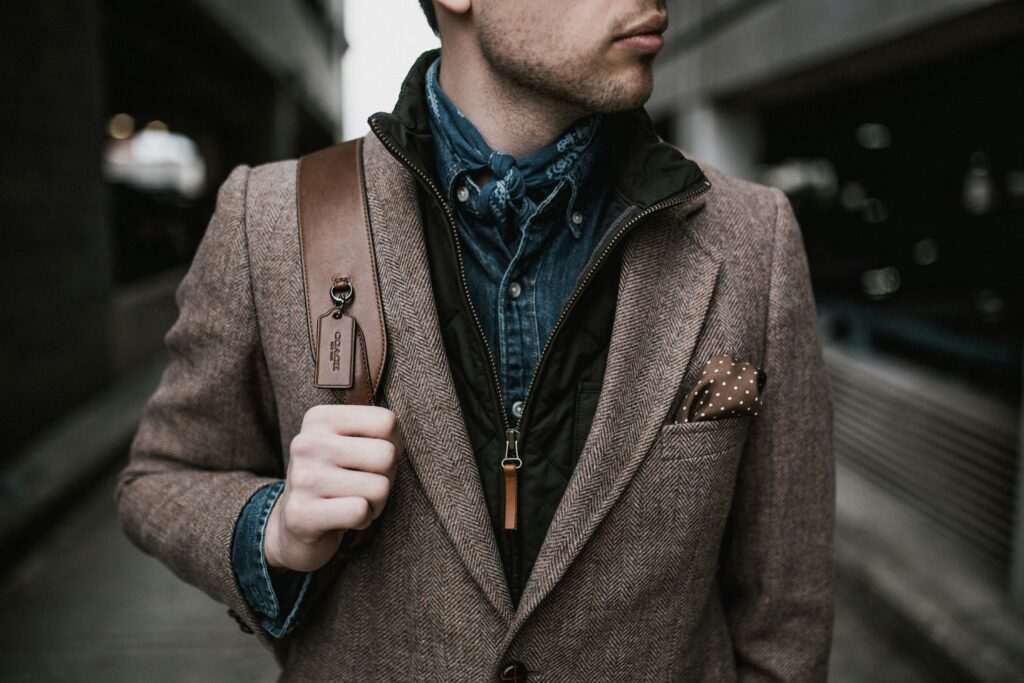
Base layers are essential for staying warm and managing sweat during outdoor activities. Choose materials like merino wool or synthetic fibers, which effectively wick moisture away from your skin while providing thermal insulation. Merino wool is great for its natural temperature regulation and odor resistance, making it a top choice for warmth. Conversely, synthetic fabrics are often more affordable and dry quickly. For mid layers, consider fleece or lightweight down jackets. Fleece offers excellent breathability and dries rapidly, making it suitable for moderate temperatures. Lightweight down jackets provide superior warmth but can be bulky, so consider how you’ll pack them. Choose a mid layer based on your activity and expected weather conditions. Outer layers are crucial for protection against wind, rain, and snow. Invest in a high-quality, weather-resistant jacket or shell with features such as waterproofing (like Gore-Tex), breathability, and an adjustable hood. A well-designed outer layer will keep you dry and comfortable through fall’s variable weather.
Footwear For Fall Activities
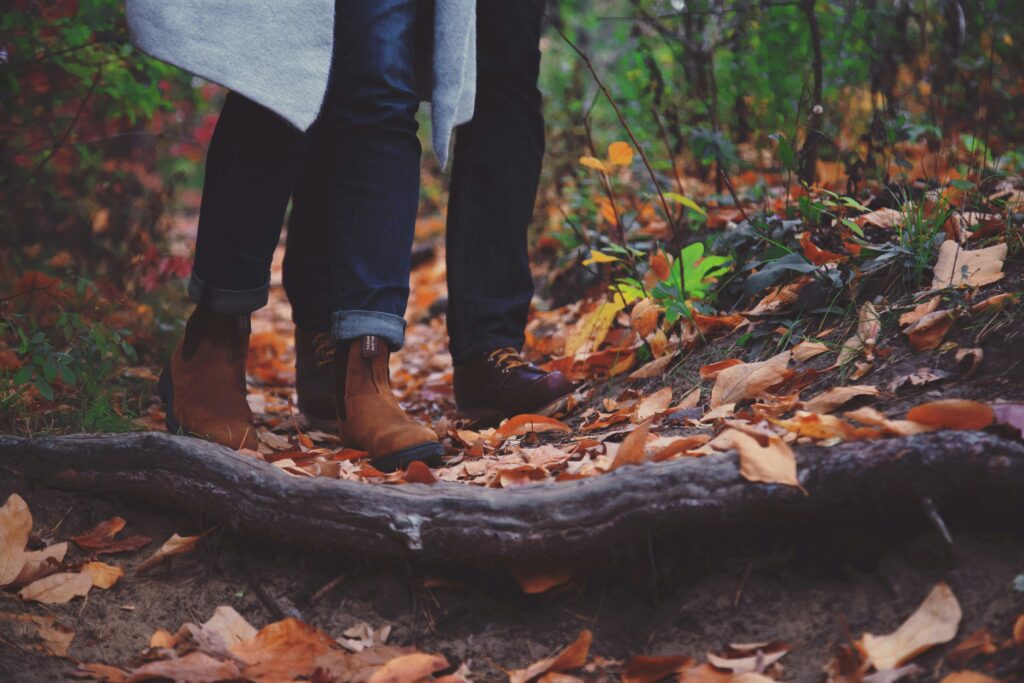
When hiking in the fall, it’s crucial to wear boots that offer solid traction, ankle support, and water resistance. Boots with Vibram soles provide excellent grip on slippery surfaces, while waterproof membranes like Gore-Tex will keep your feet dry in damp conditions. If you’re heading to colder areas, insulated boots may be necessary. For trail running, choose lightweight shoes with aggressive tread patterns to handle wet and muddy trails. Ensure they have good cushioning and drainage. Opt for breathable materials to maintain comfort and dryness across varied terrain. High-quality, moisture-wicking socks made from merino wool or synthetic blends are essential for regulating temperature and avoiding blisters. In colder weather, go for thicker socks and bring several pairs to keep your feet warm and dry.
Fall-Specific Gear

A well-crafted backpack should ensure comfort, ample capacity, and weather resistance. Look for features such as padded straps, a hip belt, and a water-resistant rain cover. For day hikes, a 20-30 liter pack is usually adequate, while longer trips might necessitate a larger pack with additional storage and hydration compartments. Headwear, including beanies, caps, and headbands, is essential for temperature regulation. A beanie will keep you warm on chilly mornings, while a cap provides sun protection on sunny days. A headband can be useful for activities that generate heat but still need ear coverage. Given the unpredictable nature of fall weather, it’s wise to bring gloves that balance warmth with dexterity. Lightweight, insulated gloves work well for most activities, but waterproof options are ideal for rainy conditions. Hand warmers can also add extra comfort during extended outdoor excursions.
Navigation And Safety Tools
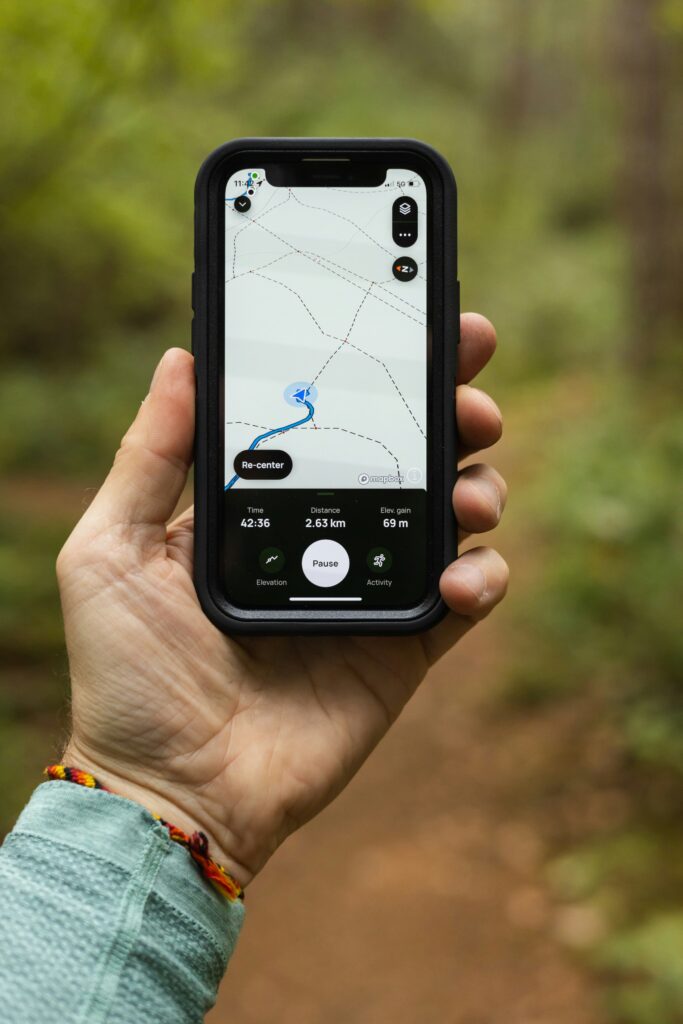
For fall adventures, having reliable navigation tools is crucial due to shorter daylight hours and unpredictable weather. A GPS device or a smartphone app with offline maps will help keep you on course. Make sure your device is fully charged and consider bringing a portable power bank as a backup. A well-equipped first aid kit is essential for treating minor injuries and emergencies. Pack items such as adhesive bandages, antiseptic wipes, blister treatment, and pain relievers. For more serious injuries, a comprehensive first aid kit with additional supplies might be necessary based on the nature of your adventure. Don’t forget to carry essential emergency gear like a whistle, multi-tool, and a survival kit. A whistle can be used to signal for help, while a multi-tool provides various functions for repairs and emergencies. A compact survival kit with a fire starter, emergency blanket, and small knife can be incredibly useful in unexpected situations.
Camping And Shelter Equipment
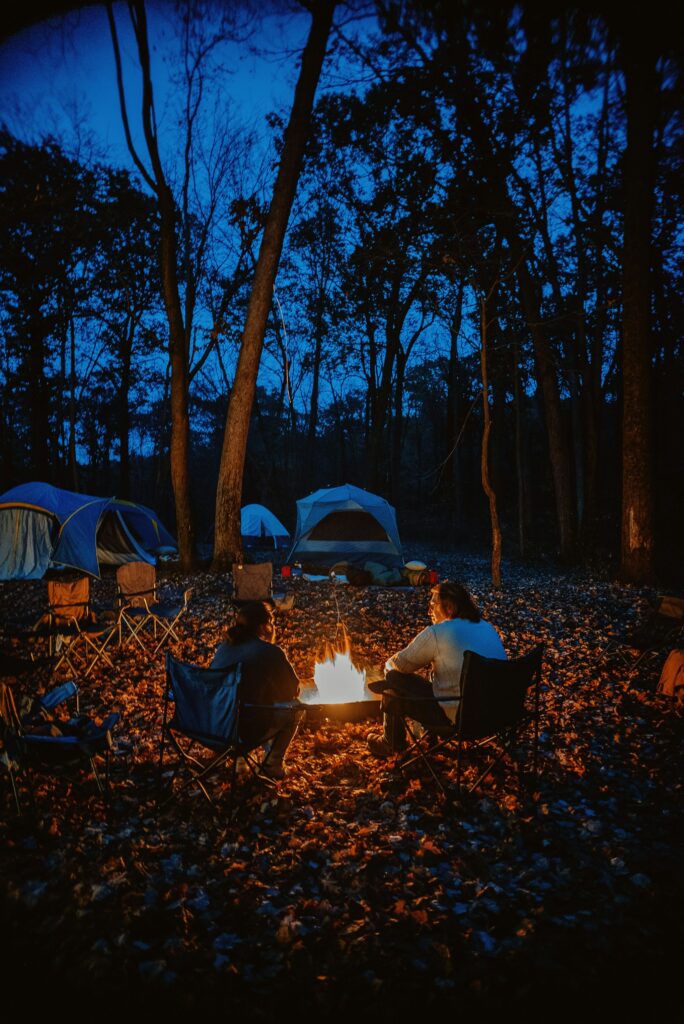
Select a tent that matches the fall weather conditions you anticipate. Typically, a three-season tent is suitable for fall camping, offering protection against wind and rain while ensuring breathability. Make sure the tent features a sturdy rainfly and good ventilation. For cooler nights, a sleeping bag with the right insulation rating is crucial for warmth. Choose a sleeping bag rated for temperatures lower than what you expect. Down-filled bags provide excellent warmth-to-weight ratio, whereas synthetic bags are generally more affordable and easier to care for. To enhance your sleeping comfort, use a sleeping pad with good thermal insulation and cushioning. Self-inflating or inflatable pads offer superior comfort but may require extra maintenance. Ensure the pad is durable and easy to pack.
Cooking And Hydration Gear
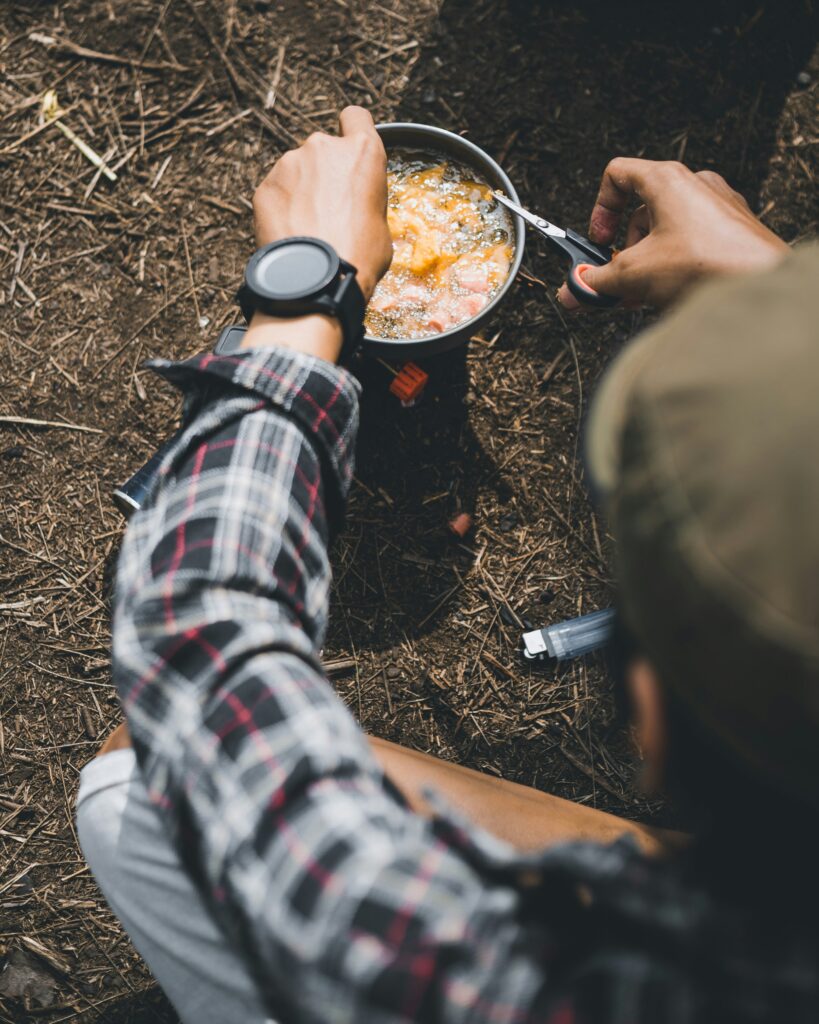
A dependable portable stove is key for cooking while camping. Opt for stoves that are compact, user-friendly, and fuel-efficient. When choosing cookware, lightweight, durable pots and pans that are easy to clean are ideal. Non-stick surfaces can make cooking and cleanup easier. Staying hydrated is essential during outdoor activities, so select a hydration system that suits your needs, whether it’s a water bottle with a built-in filter or a hydration pack with a reservoir and hose. Ensure the system is easy to refill and clean, and consider bringing extra water treatment tablets or filters. Effective food storage is important to prevent spoilage and deter wildlife. Use airtight containers and bear-proof canisters to store food, and pack perishable items in coolers with ice packs. For longer trips, non-perishable foods are a good choice. Proper food storage helps minimize waste and ensures safe, enjoyable meals.
Outdoor Lighting

Having a dependable light source is crucial for navigating and camping in low-light conditions. Headlamps are perfect for hands-free lighting, making them ideal for hiking and setting up camp. Lanterns provide broader illumination and are great for lighting up your campsite. Look for rechargeable or battery-powered models with adjustable brightness settings. Given the shorter daylight hours, it’s important to keep your devices charged. Solar chargers offer an eco-friendly way to power your electronics during fall adventures. Select a charger with enough capacity and compatibility for your devices, and make sure it’s durable and weather-resistant for outdoor use.
Personal Safety Gear

In regions with wildlife, especially bears, it’s important to carry bear spray and other safety deterrents. Bear spray is highly effective in deterring bear encounters—make sure you know how to use it correctly and keep it easily accessible. For other wildlife, consider additional measures such as noise deterrents or bear-proof food containers. Emergency blankets are a compact, lightweight solution that provides essential warmth in unexpected situations. They reflect body heat and can be lifesaving if you become stranded or lost. Additionally, packing extra warm layers, like thermal socks or insulated vests, can help you stay comfortable during sudden weather changes.
For more information about other Fall adventures, reference these related articles:

